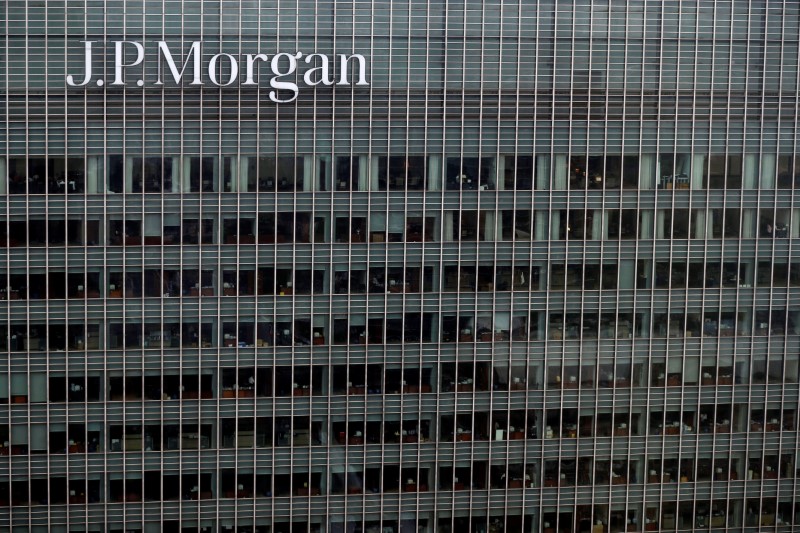OpenAI to produce its own AI chip with Broadcom from 2026- FT
Investors have approximately $2 trillion available for investment, with a significant portion, between $100 billion to $150 billion, earmarked for India, according to Anu Aiyengar, JPMorgan Chase & Co. (NYSE:JPM)'s global head of mergers and acquisitions. The combination of inflows into the Indian market and successful exits by financial sponsors indicates a positive trend for additional capital deployment in the country.
Aiyengar highlighted India's rapidly growing GDP as one of its main attractive features. She commented on the difficulty in finding a market that offers growth, stability, and a diverse range of solutions provided by numerous companies in sectors such as technology, healthcare, and infrastructure. These comments were made during an interview with Bloomberg Television's Rishaad Salamat at JPMorgan's closed-door India Investor Summit in Mumbai on Monday.
Merger and acquisition (M&A) activity in India has seen a decrease this year, with deals worth $33 billion recorded to date, representing a nearly 72% drop compared to the same period in 2022. Despite this downturn, JPMorgan has moved up from third to second place globally for M&A volume this year, as per Bloomberg's league tables.
The Housing Development Finance Corp.’s all-stock merger with HDFC Bank Ltd., which JPMorgan advised alongside 17 other firms, significantly contributed to last year's record deal volume in India. This contrasts sharply with the global dealmaking slump seen in 2023.
Aiyengar identified technology, healthcare, infrastructure, and energy transition as key drivers of M&A activity in India. "You have multiple infrastructure-only funds that are now getting set up, and the infrastructure spend in India is substantial," she said.
In terms of exit opportunities for owners, Aiyengar noted emerging possibilities in the recently quiet initial public offering (IPO) market. Dual track dealmaking, where asset owners contemplate selling their holdings either via IPOs or an M&A deal, is becoming a viable option. Aiyengar remains optimistic about companies' propensity to exit in both private and public markets, comparing and contrasting valuations in these two sectors.
This article was generated with the support of AI and reviewed by an editor. For more information see our T&C.
